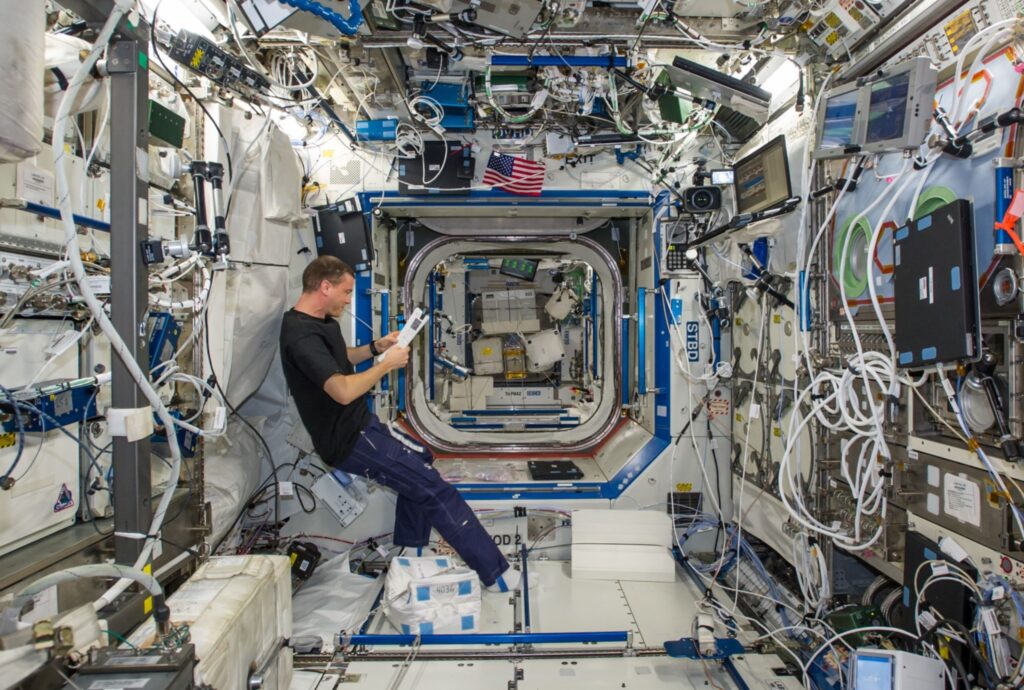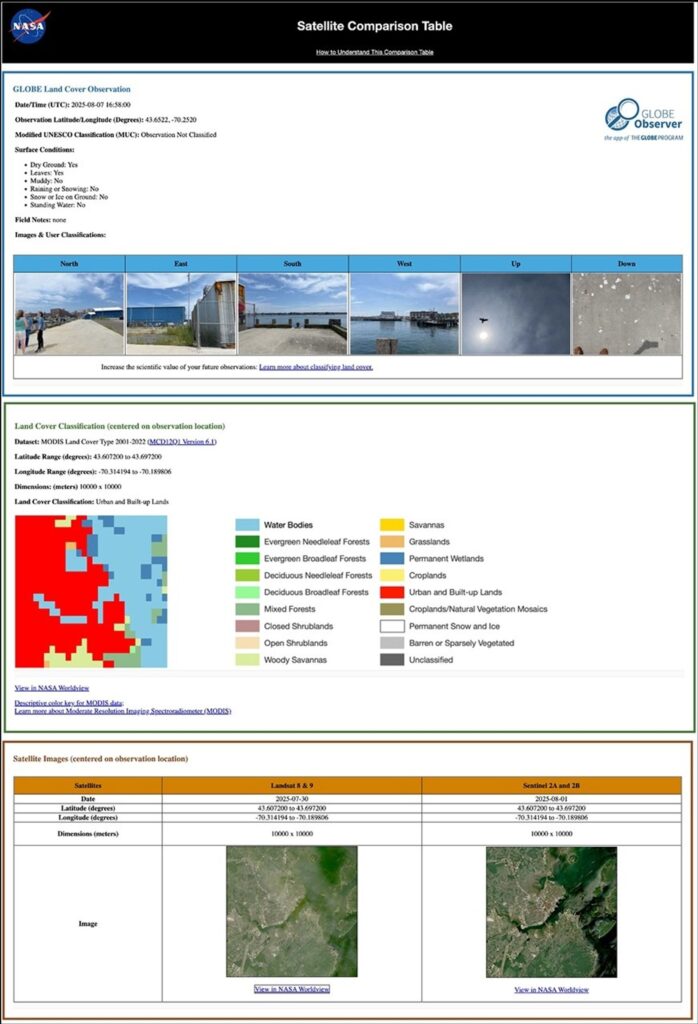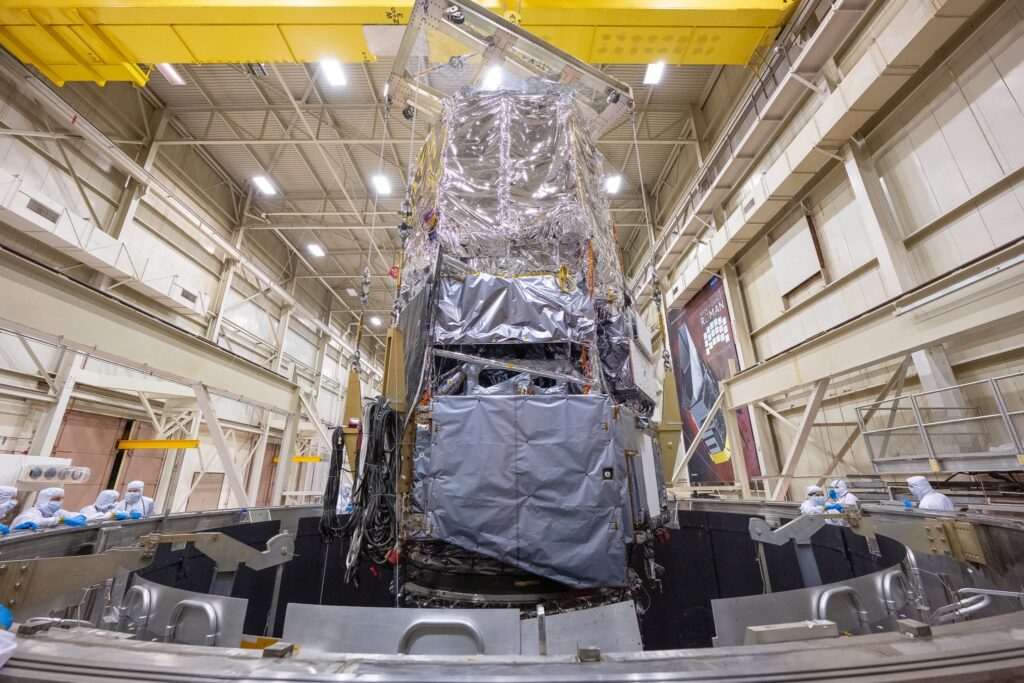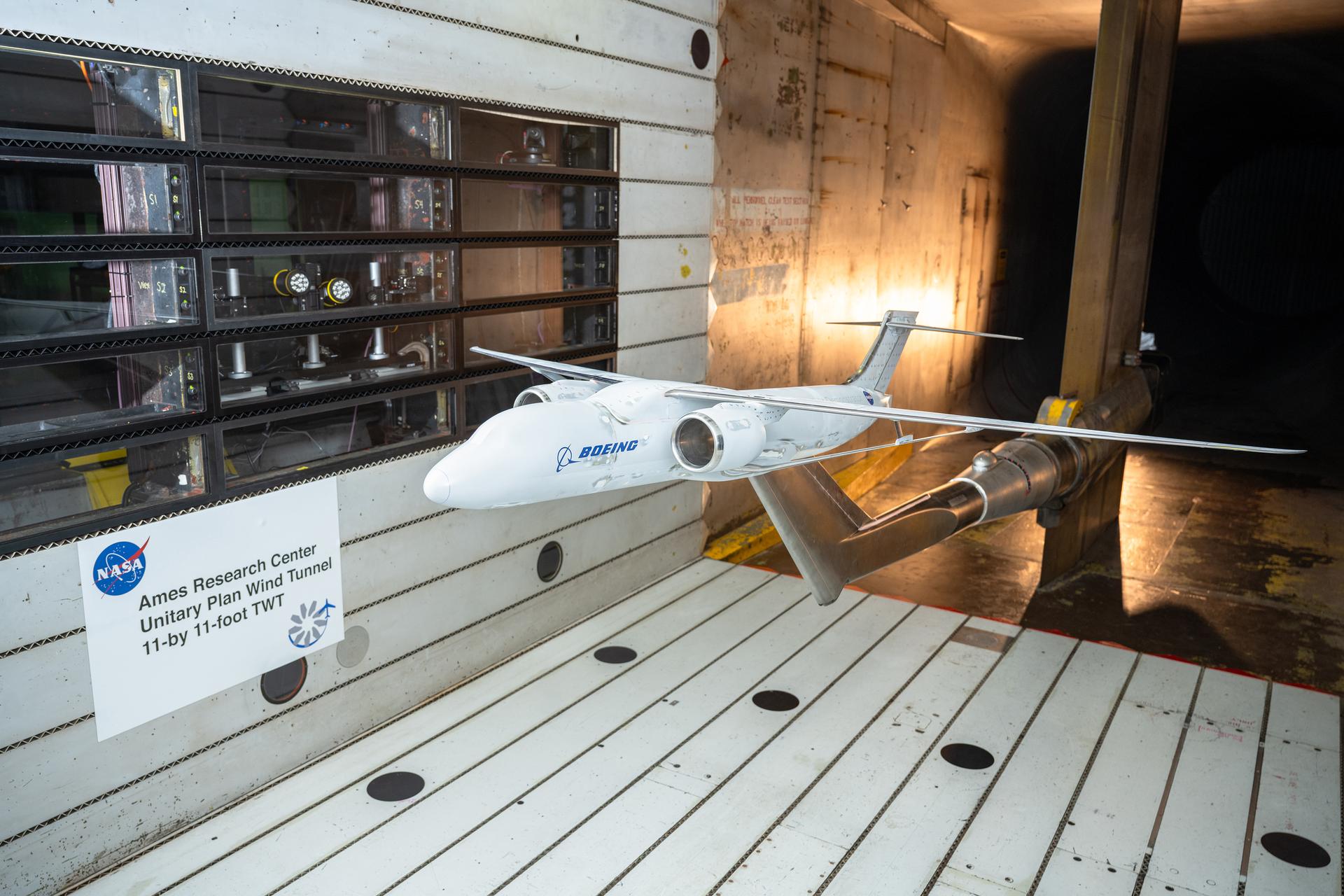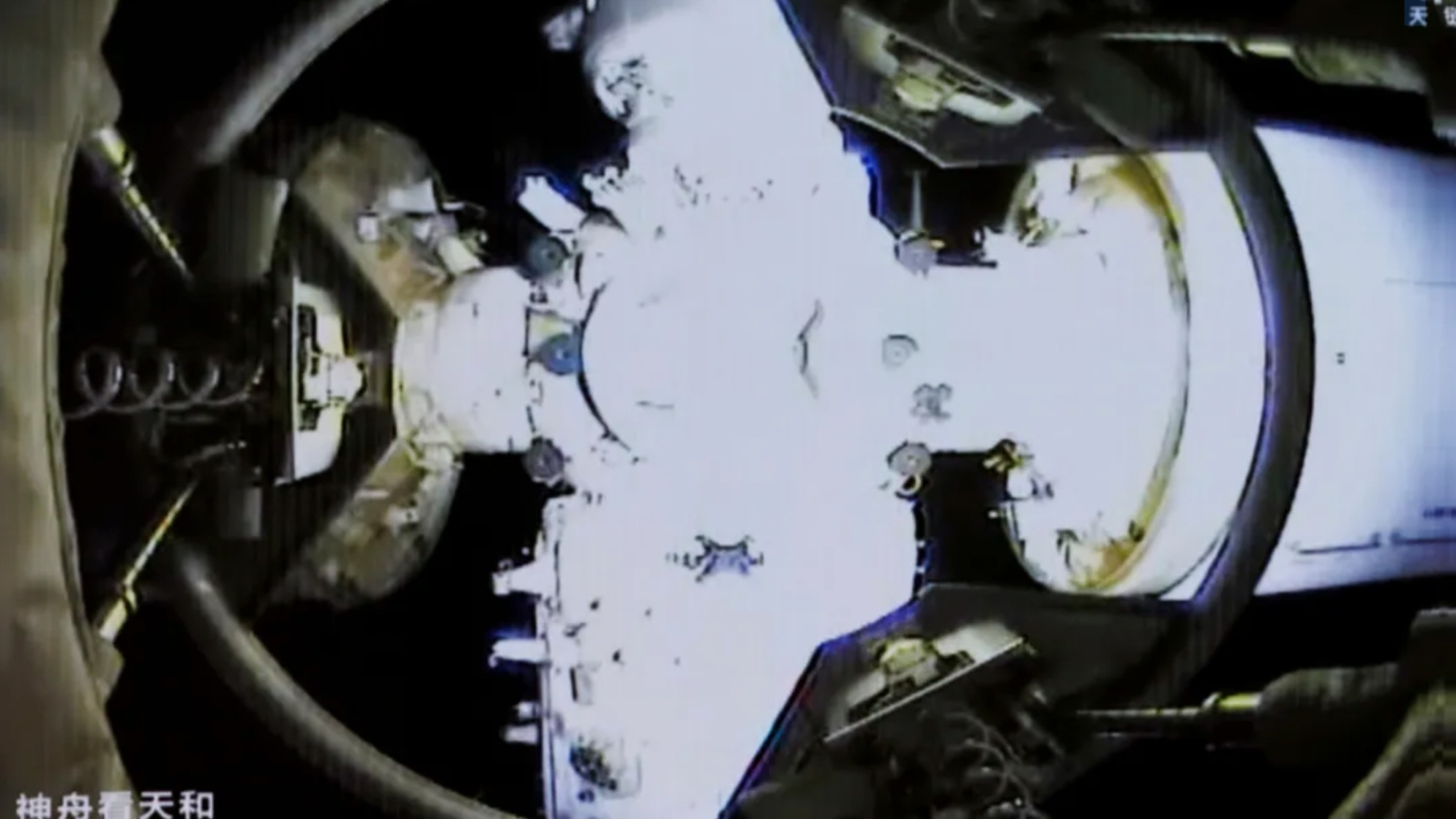Now Reading: Curiosity Rover Uncovers Siderite, Shedding Light on Mars’ Atmospheric Evolution
-
01
Curiosity Rover Uncovers Siderite, Shedding Light on Mars’ Atmospheric Evolution
Curiosity Rover Uncovers Siderite, Shedding Light on Mars’ Atmospheric Evolution
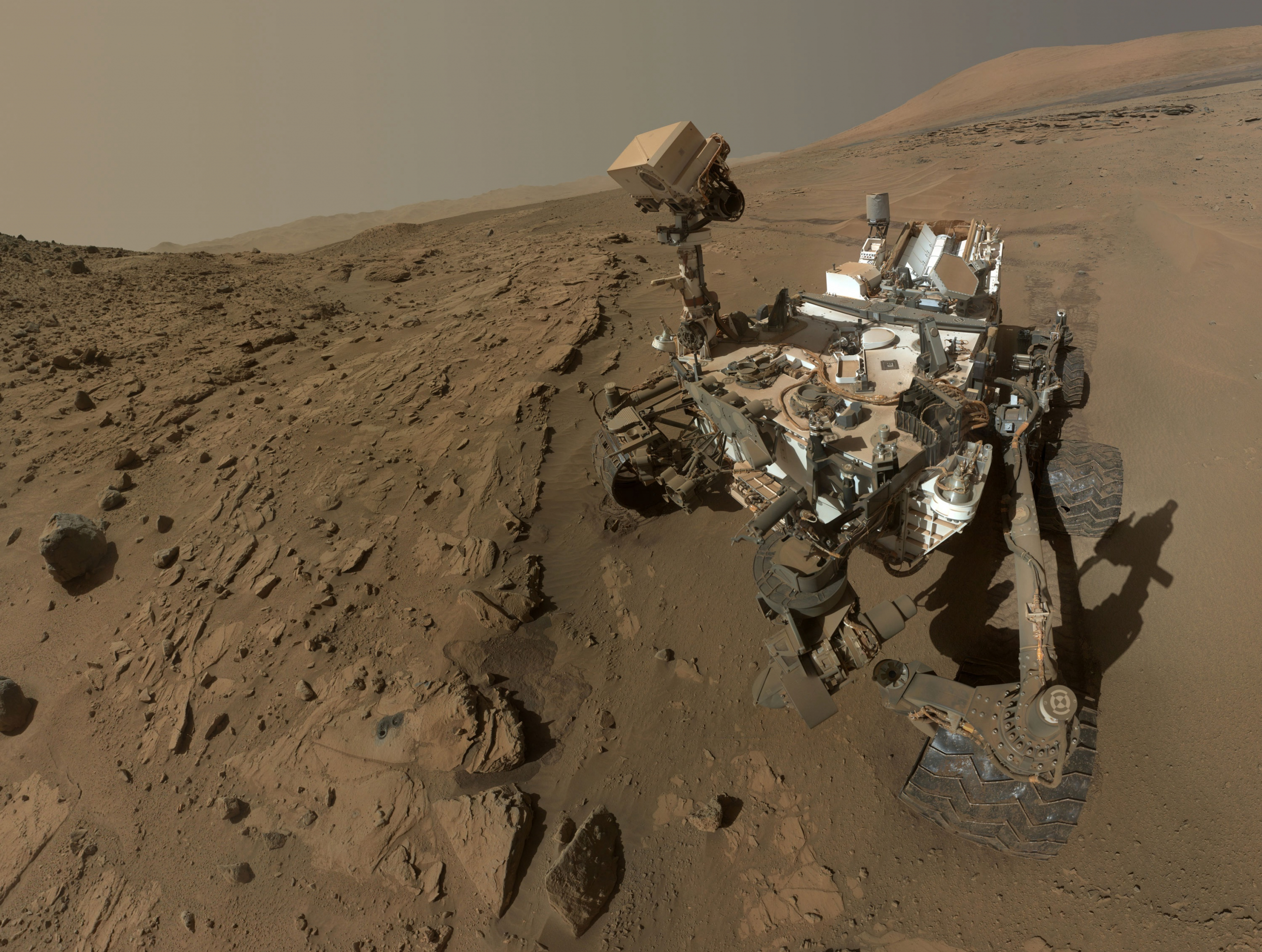

Navigating the rugged terrain of Gale Crater for over a decade, NASA’s Curiosity rover has unearthed significant findings that illuminate the evolution of Mars’ atmosphere, particularly the exciting discovery of the mineral siderite. This iron carbonate mineral, located in the sulfate-rich layers of Mount Sharp, may hold the key to unraveling the long-standing mystery regarding the fate of Mars’ ancient carbon dioxide-rich atmosphere.
For years, scientists have pondered the question of Mars’ atmospheric evolution. Current evidence suggests that Mars, with its thin atmosphere primarily composed of approximately 95% carbon dioxide, once boasted a significantly denser atmosphere that could support flowing liquid water on its surface. It is hypothesized that, during its formative years, the interaction of this thicker atmosphere with water would result in the formation of carbonate materials, which are indicators of past environmental conditions conducive to life.
However, previous missions had failed to identify such carbonate materials—until now. The analysis of drill samples collected by Curiosity has revealed the presence of siderite, signaling a breakthrough in our understanding of Martian geology and atmospheric history. As Benjamin Tutolo, a lead researcher from the University of Calgary, noted, “The discovery of abundant siderite in Gale Crater represents both a surprising and important breakthrough in our understanding of the geologic and atmospheric evolution of Mars.”
Curiosity employs advanced technologies to investigate Mars’ geological framework through its drills, which penetrate approximately three to four centimeters into the surface to extract powdered samples. These samples are analyzed using the Chemistry and Mineralogy (CheMin) instrument that utilizes X-ray diffraction to characterize the chemical and mineral composition. As NASA Ames research scientist Thomas Bristow describes, “Drilling through the layered Martian surface is like going through a history book.” The findings from these drills provide a glimpse into the mineral conditions that prevailed around 3.5 billion years ago, during a time when Mars was likely more Earth-like.
- Siderite formation requires the presence of water, further supporting the theory that Mars once had conditions that could sustain liquid water.
- The composition of the Martian atmosphere has undergone drastic changes, hinting at complex geochemical processes over billions of years.
- The discovery also suggests that there may be more carbonate minerals hidden beneath layers of non-carbonate materials, possibly indicating larger reservoirs of carbon dioxide still present on the planet.
Despite the tantalizing evidence that siderite provides, it does not wholly confirm the existence of the thick carbon-rich atmosphere that once enveloped Mars. There remains a substantial amount of research to conduct. The continuing exploration of sulfate-rich regions on Mars is imperative, as understanding where the remaining carbon dioxide is stored—or if it has escaped into space—will require further missions and sophisticated orbital data analysis.
The journey of Curiosity began in 2012, and since then, it has roamed over 34 kilometers across the Martian landscape, moving through significant geological features such as the Aeolis Palus and the Gediz Vallis channel. The rover’s climb up Mount Sharp represents not just an adventure across the Martian surface but also a chronological ascent through a layered geological history, unveiling the complexities of an ancient environment.
More recently, Curiosity has excited scientists again with the detection of the largest organic molecules on Mars to date, believed to be remnants of fatty acids—adding another layer to the mysteries of potential life on the red planet. Each discovery fuels the quest for knowledge about our cosmic neighbor, as Curiosity continues to push the boundaries of our understanding.
As the investigation into the disappearance of Mars’ ancient atmosphere unfolds, the discovery of siderite serves as both a puzzle piece and a pathway to further exploration. Each advancement in our understanding brings us closer to unraveling the fascinating history of this enigmatic planet and the environmental processes that have shaped its present state.
Stay Informed With the Latest & Most Important News
Previous Post
Next Post
-
 012024 in Review: Highlights from NASA in Silicon Valley
012024 in Review: Highlights from NASA in Silicon Valley -
 02Panasonic Leica Summilux DG 15mm f/1.7 ASPH review
02Panasonic Leica Summilux DG 15mm f/1.7 ASPH review -
 03How New NASA, India Earth Satellite NISAR Will See Earth
03How New NASA, India Earth Satellite NISAR Will See Earth -
 04And Thus Begins A New Year For Life On Earth
04And Thus Begins A New Year For Life On Earth -
 05Astronomy Activation Ambassadors: A New Era
05Astronomy Activation Ambassadors: A New Era -
06SpaceX launch surge helps set new global launch record in 2024
-
 07Space Force plans new ‘Futures Command’ amid pressure to speed up modernization
07Space Force plans new ‘Futures Command’ amid pressure to speed up modernization












